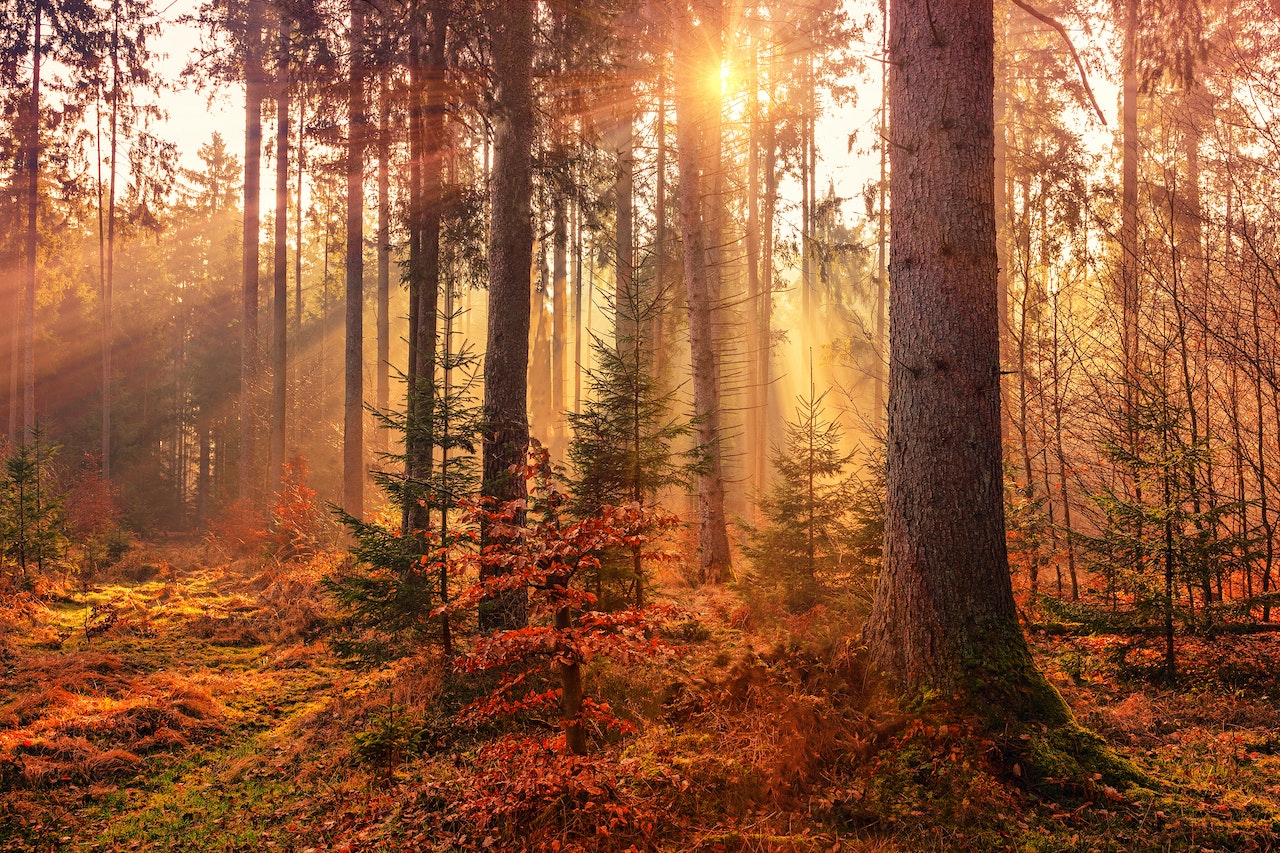There’s something of suicide in living in New England. Minus a hiatus of about two years, I’ve been in New England my whole life, and every winter the same thought occurs to me. The first inkling of dread comes in August when I notice a tinge of yellow on an otherwise verdant landscape. I quell it by thinking to myself, “Well, the fall is full of fun things anyways. Apples and pumpkins and turkeys and such.” When the nights turn cold enough not to want to be outside in them around mid-September, something in my marrow is stirred in its cauldron, some primordial dread not easily amused by hot chocolate and donut holes. Then the leaves change in the beginning of October, the most New Englandy part of New England, at once an elaborate and romantic panorama but also an unmistakable signal of the hell to come. And it’s because of it’s an unmistakable signal of hell-ness that it’s so elaborately romantic. You can’t help but face your own mortality and frailty and transitory nature (unless you take the route of many, which is to just to drink yourself silly on spiced rum and Coors Light).
This annual existential crisis might not be a big deal, except that the winter lasts almost the whole god-forsaken year. November is not winter but it’s not not winter either, it’s really not much of anything; in December I pray for the peaceful sanctity of snow while I sing carols and glut myself on Christmas cookies; January and February I curse my lot in life; in March and April I wonder ironically when spring will arrive. In May, I get amnesia bathing in the relief of not having to apply chapstick every ten minutes and put on four layers just to get the mail.
It’s basically cyclical masochism with a spiked whip. But I’ve found I can’t live without it.
I escaped to Los Angeles for two years and found soul-squishing apathy in the sunrays and beaches and good times. It never got cold there, so time stood in its place, laughing and smoking the stub of a Beezelbulbian cigar, saying, “have another Redbull vodka, Merrill. Won’t cost ya nothing!” I was never more miserable staring out at a sun-stoked pool surrounded by palm trees and laughter, missing teh ambiance of decorative misery. When I went back for Christmas one year it was ass-cold, that type of cold that strikes you with it’s open-handed stinging freshness, and the steam coming out of you seems like spent chemicals sent adrift– it gave the gift of a pain that can’t be bought anywhere else. So I had to go back. Indulgence had proved little more than indulgent.
So I fell back onto the carousel and soon after found I had become a teacher. It was predictable, inspiring and equal parts tedious(hell is filled with red-faced gnomes whipping you while you fill out paperwork at small, left-handed desks). The fall, or at least, September, always brings what I call, “The Season of Optimism.” Enormously perfect goals for attendance, GPA numbers, college applications, athletic triumphs, social achievements. November is the beginning of an agony that essentially doesn’t end until the conclusion of the school year, so in the middle that leaves…. October. October is the most bewitched and ethereal of times, as it stands one leg on an flowery autumn meadow and the other on a blanket of long white despair. For adolescents, it tends to be the time when many romances bloom, the heart invisibly charmed by the state of liminality most close to the nature of our ever-ending epochs.
But for schooling, it’s typically when you-know-what hits the fan. The first essay is returned full of falling red leaves and air-dancing yellowed highlighter. The first set of grades arrives unpleasantly while the face is greeted by the red-tipped reminders of the blue cold to come. At this time, college students tend to discover that college isn’t just all about drinking and carousing and staying up to ungodly hours for no good reason, minus that they sort of can… And that the reading that was on that syllabus wasn’t just a pretty white leaf complimenting the panoply of the landscape, but something they should have taken a wee bit more seriously than the grasshopper takes gathering food in the fable with the busy ant. (As one college client of mine said recently in September, “I just can’t make it to sessions on Mondays. I forget it’s not the weekend anymore.” Oy)
And it’s all punctuated by the hell’s gate of the academic year in New England: Halloween. Beyond Halloween is ice and snow and exams and pain. Preceding it is the pathway of warm optimism and green grass of the summer, it’s a recognizable pattern to anyone at all who has experienced the academic year. For the academic year is as predictable as the heaving and sighing of a sleeping mountain, encapsulating all years and all institutions: the first waves of illness two-three weeks into to any academic segment, the malaise that sets in predictably in early to mid-November, the rejuvenation of the spring accompanying the fatigue of a marathon runner tripping into the final sweaty tape. It’s a concerto of its own many movements that plays in the symphony hall of every year in every place.
But the time of All Hallows Eve may be the most important turning point of the melody, an exercise in syncopation, the transitioning of themes, and therefore, by definition, the very moment of youthful evolution. For it is the moments of transition when we turn the pages of our lives that, ironically, their true tangibility appears, when we stop to inhale the next breath is when the character of the last of the exhalation takes its form and reveals itself to view. Students are never negatively defined by the 56 they recieve on the first chemistry exam, nor are they defined by the triumph of the high honor roll they obtain by the end of it, as our lives are neither beginnings or ends in form. They are defined by the three-dimensional space between when the mind turns to an angry fire, burning in an ever-present moment of growth and change in the between of present time. Success lies in the moments of rising, continually, a stubborn relentless refusal to sink into the quagmire that inevitably consumes all things.
This is why October is critical for students, particularly those who are struggling, as the struggle of October is the opportunity of falling leaves. The rise as they fall, decay as they grow, bloom as they burn. No time in the school year offers this possibility to transmogrify, no time but now to make the wrongs of stagnant red into permanent evolution.






